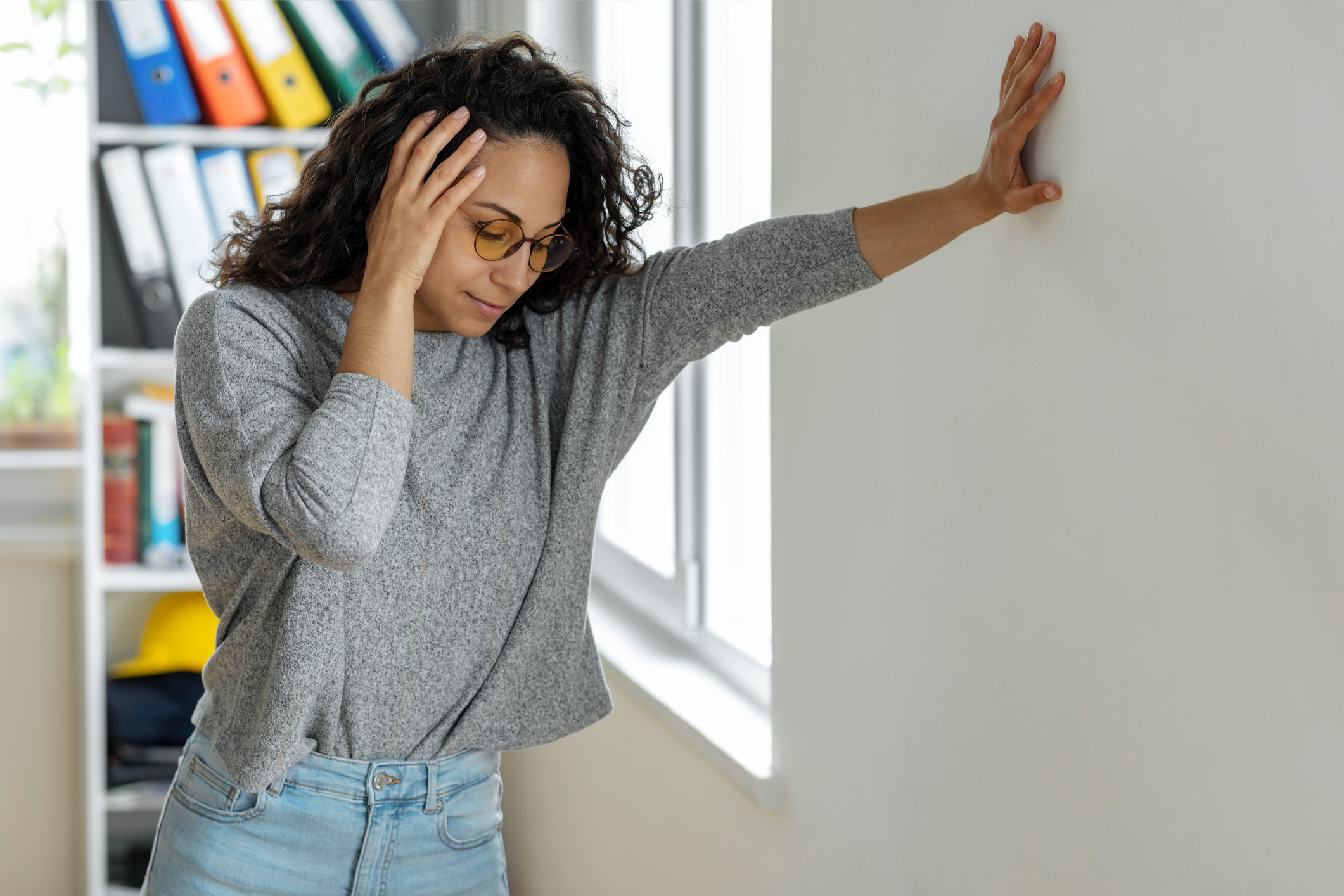
In 2022, Hailey Bieber, a 25-year-old model and wife to international pop star Justin Bieber, was hospitalized for stroke-like symptoms. These symptoms were later found to be caused by a small blood clot in her brain. This blood clot then caused a lack of oxygen which enhanced her symptoms. Thankfully, her body was able to pass the blood clot by itself and she made a full recovery after a few hours.
Also, in 2024, Cori Broadus, Snoop Dogg’s 24-year-old daughter, had a severe stroke. She was able to return home after a normal CT scan.
While it is rare to see strokes in young adults, it is a harsh reality. However, because it is rare, many young adults often don’t realize they are having a stroke until it is too late. They also may be unfamiliar with the risk factors for strokes or may be aware of these risks but continue to pursue harmful activities anyways. Regardless, the best way for young people to protect themselves from the harmful effects of strokes is to inform themselves of what strokes look like in young adults.
Clinicians are finding young people are having strokes that were thought to be exclusively present in older adults. This is primarily due to the increased presence of high-risk factors in young adults. Some of these causes include:
- Hardening of the arteries at an earlier age: This can happen because of a combination of factors including high blood pressure, unhealthy diet, family history of heart disease, obesity, smoking and much more.
- High blood pressure: Having consistently high levels of blood pressure can result in damaged blood vessels and can eventually cause a stroke.
- High cholesterol: High cholesterol levels can lead to fatty deposits building up in the arteries which reduce the supply of blood and oxygen to the brain.
- Diabetes: Diabetic patients are twice as likely to have a stroke due to their pre-existing factors such as fluctuations in their blood sugar and blood pressure levels.
- Activity levels: Young adults are becoming more sedentary and less physically active. Maintaining an active routine with exercise is important in reducing stress levels and helps to keep your body in a healthy shape.
- Sleep routine: There is a perception that young adults need less sleep or are “night owls.” However, this is not the case. When you lack sleep, it can contribute to your stress level. Strokes can be caused by stress. Making sure you get enough sleep and take time to relax is extremely important in reducing stress levels and improving both physical and mental health.
- Unhealthy eating habits: Eating foods high in fat and sodium can cause fatty acids to build up in the arteries, increasing the risk of stroke.
- Drug use: Using or abusing drugs can put you at an elevated risk for strokes. Cocaine, for example, causes the blood vessels to spasm tight, which may block the flow of oxygen and blood in the brain, causing a stroke.
- Vaping: The chemicals in vapes cause blood inflammation which could lead to a stroke.
By knowing the risk factors, young people can work to prevent or control them before they get to a worse or more severe condition.
If you believe you may be having a stroke but are not completely sure, one method is to check for stroke symptoms with the “BE FAST” symptom checklist. “BE FAST” stands for:
B – Balance: Sudden loss of balance is a common indicator of a stroke.
E – Eyes: This includes loss of vision out of one eye, blurriness in one or both eyes and/or sudden double vision.
F – Facial drooping: One way to check for facial drooping is smiling to see if both sides of your face are even with the smile.
A – Arms: This step includes holding both arms out to see if one arm starts to droop down uncontrollably.
S – Speech: This includes sudden speech trouble where speech is slurred, words cannot be said normally or verbal expression is lost unexpectantly.
T – Time to call 911.
BE FAST was developed by Intermountain Healthcare, as an adaptation of the FAST model implemented by the American Stroke Association. Reproduced with permission from Intermountain HealthCare. © 2011 Intermountain HealthCare. All rights reserved.
It is crucial to be conscious and aware of any potential stroke symptoms you or a loved one may be experiencing and act immediately. Unfortunately, some of the younger victims of strokes did not realize they were experiencing stroke symptoms before it was too late. However, many patients who have recognized their stroke symptoms and got help quickly suffered no permanent or long-term brain damage and were able to make a quick recovery. When caught early, providers can reverse the stroke and minimize the symptoms through medication, blood clot removal and more treatments.
If you or a loved one are experiencing symptoms of a stroke but are unsure where to get help, UofL Health – Emergency Departments are open 24/7 and provide patients with around-the-clock emergency care. UofL Health – Comprehensive Stroke Center provides patients with excellent aftercare following a stroke. For more details on our Comprehensive Stroke Center, visit our website today.









